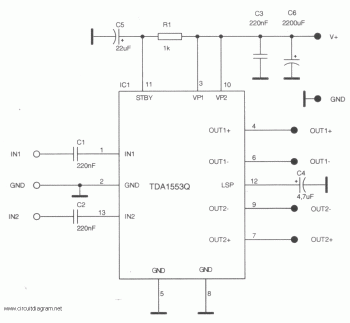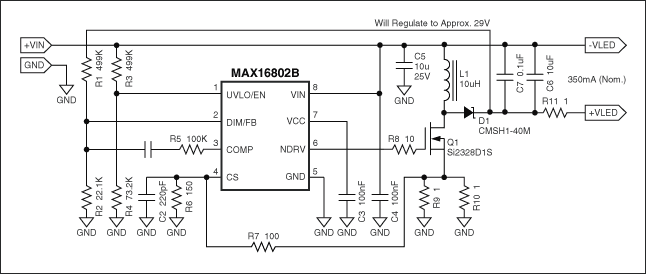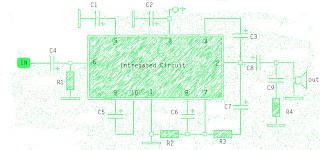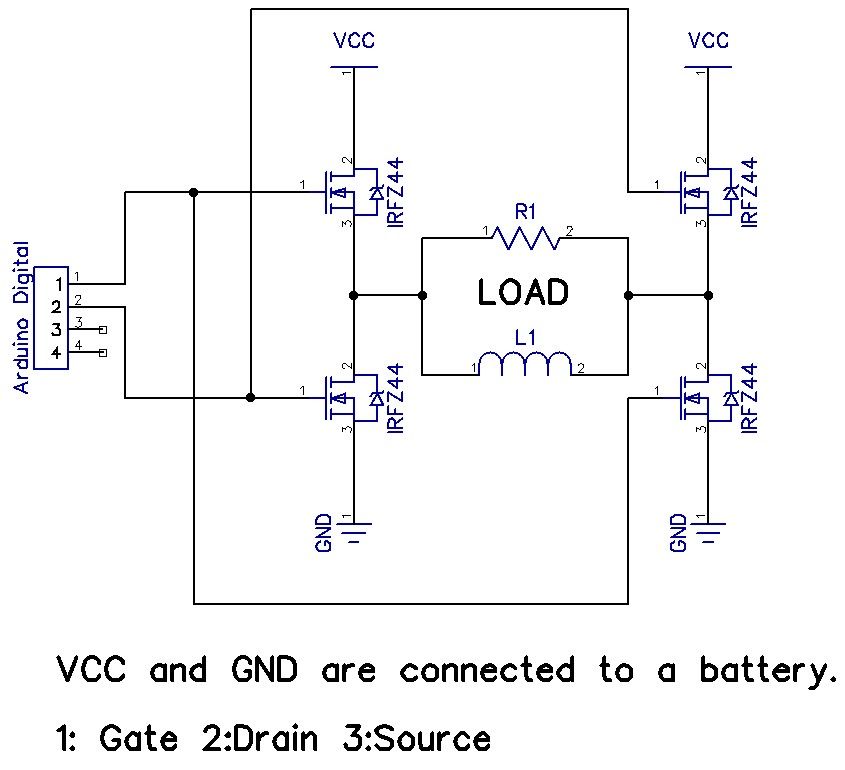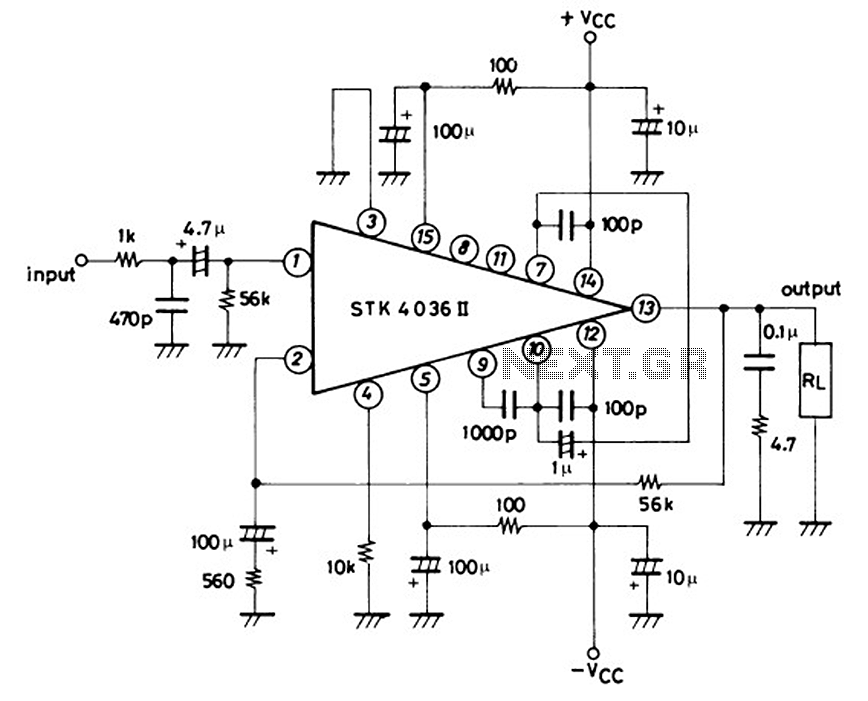
555Circuit and Breadboard Schematic

Ensure to verify all connections utilizing the circuit diagram and breadboard schematic available for download from the provided links. This resource can assist during the assembly process.
To create a reliable electronic circuit, it is essential to meticulously verify all connections as indicated in the circuit diagram and breadboard schematic. These documents serve as critical references throughout the assembly process, ensuring that components are connected correctly to avoid potential issues such as short circuits or component damage.
The circuit diagram typically provides a visual representation of the electrical connections between components, illustrating how each part interacts within the overall system. It includes symbols for various components such as resistors, capacitors, diodes, and integrated circuits, along with their respective values and ratings. The breadboard schematic complements this by offering a practical layout for physically arranging the components on a breadboard, which is often used for prototyping circuits.
When assembling the circuit, it is advisable to follow these steps:
1. **Component Identification**: Gather all necessary components as per the schematic. Ensure that each component is in good condition and matches the specifications outlined in the circuit diagram.
2. **Breadboard Layout**: Begin placing components on the breadboard according to the schematic. Pay close attention to the orientation of polarized components, such as electrolytic capacitors and diodes, to ensure they are installed correctly.
3. **Wiring Connections**: Use jumper wires to connect the components as shown in the circuit diagram. It is crucial to maintain a neat layout to prevent confusion and facilitate troubleshooting.
4. **Verification**: After all components are placed and connected, double-check every connection against the circuit diagram. This includes confirming that all components are properly powered and grounded.
5. **Testing**: Once verification is complete, power the circuit and test its functionality. If issues arise, refer back to the circuit diagram and breadboard schematic to identify any potential miswirings.
Following these steps will enhance the reliability of the assembled circuit and contribute to its successful operation.Make sure to double-check your connections using the circuit diagram and breadboard schematic (download from these links). You can use this while you.. 🔗 External reference
To create a reliable electronic circuit, it is essential to meticulously verify all connections as indicated in the circuit diagram and breadboard schematic. These documents serve as critical references throughout the assembly process, ensuring that components are connected correctly to avoid potential issues such as short circuits or component damage.
The circuit diagram typically provides a visual representation of the electrical connections between components, illustrating how each part interacts within the overall system. It includes symbols for various components such as resistors, capacitors, diodes, and integrated circuits, along with their respective values and ratings. The breadboard schematic complements this by offering a practical layout for physically arranging the components on a breadboard, which is often used for prototyping circuits.
When assembling the circuit, it is advisable to follow these steps:
1. **Component Identification**: Gather all necessary components as per the schematic. Ensure that each component is in good condition and matches the specifications outlined in the circuit diagram.
2. **Breadboard Layout**: Begin placing components on the breadboard according to the schematic. Pay close attention to the orientation of polarized components, such as electrolytic capacitors and diodes, to ensure they are installed correctly.
3. **Wiring Connections**: Use jumper wires to connect the components as shown in the circuit diagram. It is crucial to maintain a neat layout to prevent confusion and facilitate troubleshooting.
4. **Verification**: After all components are placed and connected, double-check every connection against the circuit diagram. This includes confirming that all components are properly powered and grounded.
5. **Testing**: Once verification is complete, power the circuit and test its functionality. If issues arise, refer back to the circuit diagram and breadboard schematic to identify any potential miswirings.
Following these steps will enhance the reliability of the assembled circuit and contribute to its successful operation.Make sure to double-check your connections using the circuit diagram and breadboard schematic (download from these links). You can use this while you.. 🔗 External reference

